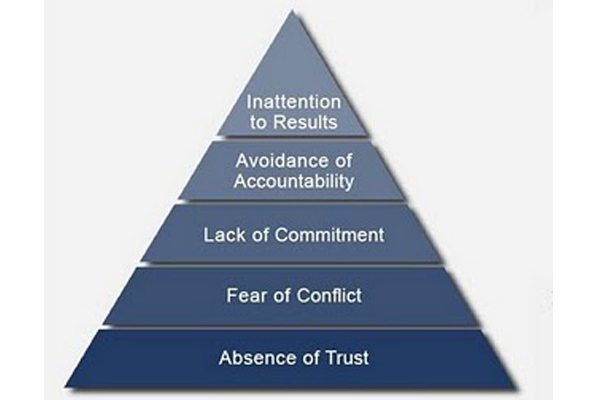
For most organisations, the pandemic brought to surface unexpected talent, creativity, and resilience. Many mid-level employees stepped up and took charge of the situation. They handled the unexpected challenges with unprecedented creativity and a strong bias for action. These entrepreneurial team members have really changed the game for everyone, everywhere. Regardless of the size of the organisation, these team members showed initiative and devised innovative solutions, employing cross-functional resources to optimise the productivity for all.
However, with the situation normalising across the board, leaders are facing a new challenge –
How to celebrate and maintain the fervour and urgency created by the pandemic?
Table of Contents
The pre-pandemic organisational matrix, in hindsight, looks fixed and slow. Hierarchal structures no longer can sustain the changing face of the global market. Nor can they give birth to, or even sustain innovation. The old guard seems ill-equipped in the proverbial fight for survival and growth. And, if left unchecked, this matrix of bureaucracy and red tape could end up suffocating the voices of many unsung organisational heroes of the pandemic.
This has made leaders realise that to enable effective and fast-paced solutions, the frontline teams need more freedom. These are the people who are closest to the customer. And, they require enough space to let their creativity flourish. Managers are still required to oversee the smooth execution and optimal use of resources like budgets and timelines. But, the scale needs to be evenly balanced.
So, how do leaders tackle the issue of finding the right balance?

Perhaps, the first step here, should be to outline the existing problem. For organisations to find their footing in a post-pandemic world, it is vital to strike a balance between two sides of the same coin – speed vs scale, innovation vs routine, or simply put – the old vs the new. This problem requires a 360 degree mindset shift. Not only among the young talent, but also at the senior level leadership.
And this change cannot effectively be enabled with the existing top-down approach. Rather, a bottom-up strategy with a healthy does of open communication is the key to finding the right solution. Organisations and leaders who have managed to thrive despite the pandemic have a few common traits that we can learn from. Let’s take a look at an example, closer to home –
Swingy, perhaps, one of the most popular food delivery brands in India, has taken a metaphorical Formula One Team approach to its organisational structure. The restaurant delivery team leaders are considered to be in the driver’s seat. They have the responsibility of engaging with restaurant owners, attracting consumers, and even building an efficient crew of delivery drivers. And it’s up to the team leaders to serve the needs of all these groups — with a singular goal of providing great customer experience. They derive invaluable support from Swiggy’s Net Promoter System, which effectively serves the pit crew. The daily feedback data helps them determine which action steps can help serve the end customer better.
“There’s great freedom in our system, and this gives us speed. But there are also clear constraints. And this gives us speed and scale,”
– Swiggy COO Vivek Sunder.
Such an out-of-the-box approach requires senior leaders to set their egos aside. That is because, they need to allow the execution teams enough freedom, without giving in the urge to micromanage every last detail. This requires patience and trust on their part, something that may not come easy for all.
The illusion of ‘the perfect solution’

Another important lesson that the pandemic crisis has taught leaders is that sometimes it is okay to be just good enough. This means that to match up with the speed of the changing market trends, teams need to showcase unprecedented levels of agility, effective cross-functional parternships, and expertise.
This further means that leaders need to resist the idea of waiting for the perfect idea, and just roll with the feasible ones. A Bain survey revealed that more than 75% of CEOs admit that the Pandemic pushed them to accelerate the execution of their strategic agendas. Protocols were executed, even at 70% potential, in order to meet the changing demands of the market. Leaders are learning to champion the voices of team members with a bias for action, and capable of effectively turning ideas into routines and tangible output.
A recent Harvard Business Review highlighted the following five lessons for leaders to embrace, in the post-pandemic world –
- Leaders need to include the entire team when planning the path ahead. The discussion on the ‘what?’ and ‘when?’ needs to be followed by the team coming up with solutions for ‘how?’ Reach out to the frontline team members for their opinion, ideas, and empower them to execute said ideas with efficiency.
- Share lessons learnt from your top performing members with the rest of the organisation. Let these heroes inspire the rest of your team members to take on the baton.
- Challenge yourself and your team to heartily embrace conflict. It’s only through healthy debates will you be able to find the right balance. This further requires leaders to let go of control and set their egos aside, to truly engage in honest and effective team conversations.
Let us know which of these point you resonate the most with, and why.









